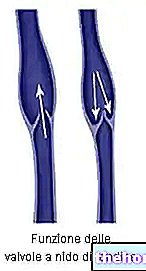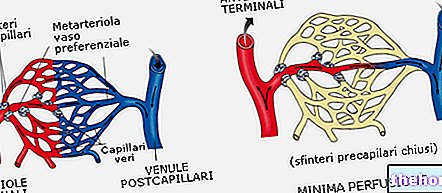Supercompensation
Supercompensation is a theoretical model that explains the body's adaptation process to a specific training stimulus. This concept is based on the state of dynamic equilibrium, called homeostasis, which regulates all the activities of our body. Any condition that disturbs this balance is immediately compensated, as far as possible, by an equal and opposite reaction, aimed at bringing the system back into equilibrium.
The process of fatigue and deterioration induced by physical exercise is thus compensated by a series of reactions, designed to increase the anabolic regenerative processes. These reactions can be interpreted as a defense system of the organism which, through them, tries to rebuild the lost balance.
Supercompensation is the physiological response to the breakdown of homeostasis by the training stimulus
In order not to succumb to the recurrence of a load of the same intensity, the organism thus triggers a process of supercompensation, which aims to improve the original performance level. The metabolic reserves, the metabolism and the various anatomical structures stressed, therefore do not return to the initial state but, for a short time, they exceed it, placing themselves at a slightly higher value.

The whole concept of supercompensation (process of adaptation of the organism to progressively increasing workloads) is based on this capacity.
In order for supercompensation to take place, it is necessary that the training stimulus respects some fundamental characteristics. First of all, the physical effort must reach or exceed a limit threshold, in order to induce significant physical stress. If the applied load were too weak, the supercompensation process would not take place.
Only the stimuli of volume, intensity and frequency adequate to the physical abilities of the subject, stimulate supercompensation or adaptation.
To exploit this characteristic, physical exercise must take into consideration various parameters, such as: intensity, duration, density, volume and frequency of the stimulus, objectives, methods, contents and means of training. These elements characterize the EXTERNAL (objective) load, but there is also an INTERNAL load, which varies from person to person, which represents the type of effects that exercise induces on a specific organism (importance of continuous monitoring through the training diary).
Importance of recovery
If the training load is excessive and is not compensated by an adequate recovery period, a dangerous state of overtraining is created, with performance decline or stagnation.

Time constants for the recovery of normal functions and graph of supercompensation phases (Findeisen et al. 1976).
1 = short regeneration processes (seconds or minutes); for example. ATP-phosphocreatine
2 = regeneration processes of medium duration (a few seconds / 10 minutes), eg. lactate or glycogen
3 = long-lasting regeneration processes (from hours to days); for example enzymes, mitochondria and structural proteins
Supercompensation and training "
An extra gear, supercompensation "




























